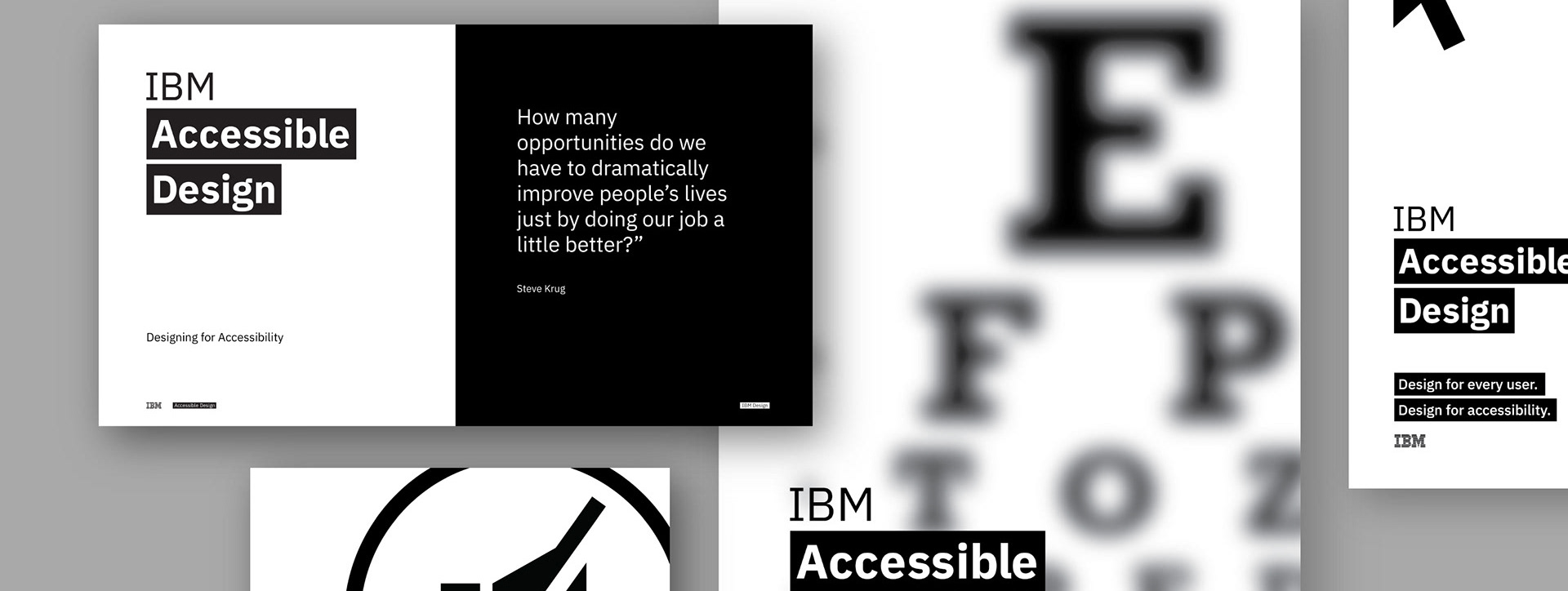Project type
Motion design
UX design
UX design
Roles
UX & Motion designer
Art Direction
Art Direction
The problem
How can augmented reality improve and assist in a person's job or task.
The team
Michael Costello UX & Motion designer
Joseph Kitchens Videographer
Joseph Kitchens Videographer
Looking into the future
"wouldn't it be cool if..."
After one of those long conversations about the future of technology and all the crazy stuff it can do, Michael Costello and I wanted in on some of the action. We are both excited about the potential for the user experience to move beyond the screen and into the physical world. In this case, we worked backwards then you might normally do, rather than starting with a problem and attempting to solve it in a new way, we took a technology and sought out problems it could solve.
Research
The technology
We started by trying to understand the technology and its benefits. Despite some of the limitations of A.R., we attempted to look past those at a future state of the technology.
We came up with a few key things the technology could do that to make a task simpler:
- Remove the need for monitors.
- Show things that the user normally wouldn't see.
- Increase focus on the task at hand.
- Map out information in real time.
- Simplify tasks where both hands were needed.
- Improve presentation of visual indicators and data.
From there we explored potential professions that fit into these specifications. Some of with included, medical physicians, police officers, cooks or chefs, electricians, paramedics, mechanics, construction workers, and aircraft pilots.
Photographs from filming day.
The problem
We decided to focus on emergency medical personnel, once this decision was made we conducted in-depth research and interviews with EMTs, Paramedics, police officers and firefighters.
Speaking with EMTs and Paramedics specifically gave us the opportunity to ask questions and understand what challenges they face out in the field. It highlighted the areas that augmented reality could benefit, such as removing the number of monitors in a truck, have a quick glance at medicine and oxygen levels, and also map out area's of the body that are not visible to the natural eye.
Lights, camera...
Action.
The difficult task then began of translating our research into successful visual designs. The goal here was to only include visual information that was necessary and to assist quietly in the background. By no means could we clutter or distract the user from what they needed to do.
We then could storyboard and plan with our videographer Joseph Kitchens, who later helped as we directed the filming of the video. Michael and I then created the augmented world to showcase the features that EMTs and Paramedics believed would be helpful if this technology was available.
If this were real, it would be a game-changer in our department.
Madison County EMT





